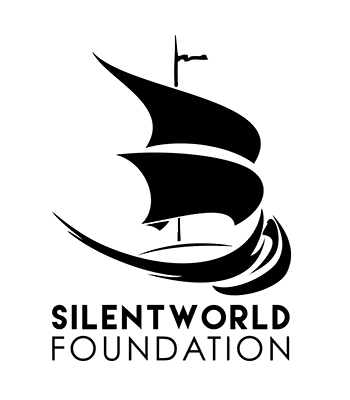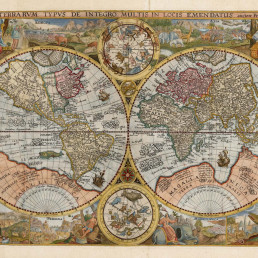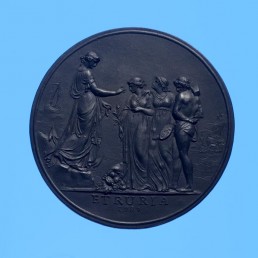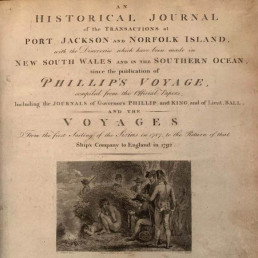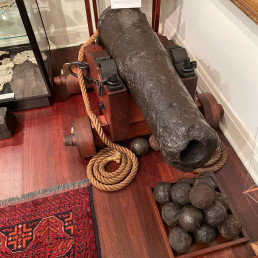
Name/TitleSignature of Arthur Phillip
About this objectArthur Phillip (11 October 1738–31 August 1814) joined the Royal Navy at about age fifteen, and saw action at the outbreak of the Seven Years’ War in the Mediterranean. In 1762 he was promoted to Lieutenant, but was placed on half pay when the Seven Years’ War ended in 1763.
In 1774 Phillip joined the Portuguese Navy as a captain, serving in the war against Spain. In 1778 Britain was again at war, and Phillip was recalled to active service, and in 1779 obtained his first command, HMS Basilisk. He was promoted to captain in 1781, and was given command of HMS Europe, and in October 1786, Phillip was appointed captain of HMS Sirius and named Governor-designate of New South Wales, the proposed British penal colony on the east coast of Australia.
The First Fleet of 11 ships, set sail on 13 May 1787. The leading ship, HMS Supply reached Botany Bay setting up camp on the Kurnell Peninsula on 18 January 1788. Phillip soon decided that this site, chosen on the recommendation of Sir Joseph Banks who had accompanied James Cook in 1770, was not suitable since it had poor soil, no secure anchorage and no reliable water source. After some exploration Phillip decided to go on to Port Jackson, and on 26 January 1788 the marines and convicts were landed at Sydney Cove which Phillip named after Lord Sydney, the Home Secretary.
MakerArthur Phillip - Author
Maker RoleAuthor/Maker
Date MadeUnknown
Period18th century
Place MadeUnknown
Medium and MaterialsInk and paper.
Object TypeEuropean Portraits
Object numberSF000668
Copyright Licence![]() Attribution - Non-commercial - No Derivatives (cc)
Attribution - Non-commercial - No Derivatives (cc)
Explore by category
Maps and Charts
Date range: 1541-1836
Ship Models
Date range: 1629-1890
Maritime Paintings
Date range: 1793-1849
Manuscripts and Ephemera
Date range: 1768-c1850
Medallions & Convict Tokens
Date range: 1619-1880
Landscapes
Date range: 1768-c1850
Books
Date range: 1694-c1850
Currency and Shares
Date range: 1624-1823
Printed Material
Date range: 1541-1836
Maritime Archaeology
Date range: 1629-1854
Curator's corner
New acquisitions, staff favourites and curios
The mug is decorated with an underglaze and a blue transfer print. On the body, it is titled ‘Emigrants to Australia’. This type of body and glaze was discontinued by 1840. Comparison of the handle shape and the profile of the foot, point to the attribution of manufacture by the Davenport Factory.
Delta was a ship-rigged vessel with two decks and three masts. It was built in Dordrecht, Netherlands in 1839 at the shipyard of Jan Schouten and registered in the same port. Its hull was constructed of oak and sheathed in ‘yellow metal’. Delta was owned by H. van der Sande at the time of its loss and was engaged as a cargo trader.
The Delta carried 29 crew and passengers, while sailing from Melbourne to Batavia in ballast when wrecked at Kenn Reefs on 30 May 1854 whilst under the command of Captain J.G. Kunst. This vessel loss supports the pattern of shipwrecks located on a well-travelled shipping route that was poorly charted until the mid-nineteenth century. The crew of the Delta could see four other shipwrecks at Kenn Reefs at the time of their vessel’s loss.
Important image of a ship associated with Matthew Flinders, that would shortly become one of the most famous early shipwrecks in eastern Australian waters. This is a fine ship’s portrait, by one of the great exponents of the art
